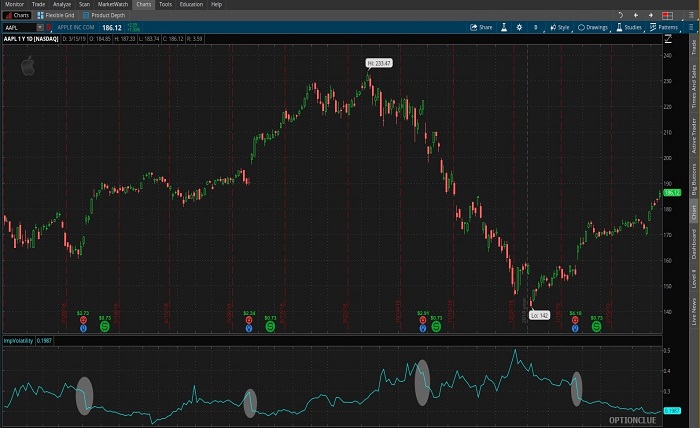Avoiding Costly Mistakes: A Beginner’s Guide to IV Crush

In the world of options trading, timing is everything. Many new traders get excited about potential profits around major events like earnings announcements or product launches. However, this excitement often leads to a common and costly mistake — misjudging the impact of IV crush. Understanding how implied volatility works and how it changes after key events can mean the difference between a successful trade and a disappointing loss.
What Is IV Crush?
IV crush, short for implied volatility crush, occurs when the implied volatility (IV) of an option drops sharply after a significant market event. Before an event such as an earnings report, implied volatility typically rises as traders anticipate big price movements. This increase makes option premiums more expensive. Once the event passes and the uncertainty is gone, implied volatility falls — sometimes dramatically — causing the option’s price to drop even if the underlying stock moves as expected.
For example, if a trader buys a call option ahead of a company’s earnings report, expecting the stock to rise, they might be surprised to see the option lose value after the announcement. Even if the stock price goes up, the fall in implied volatility can outweigh the price gain. That’s the essence of IV crush.
Why IV Crush Happens
The main driver behind IV crush is uncertainty. Before big announcements, the market has no clear idea how the news will impact the company’s stock. Traders price in this uncertainty by increasing implied volatility, which pushes up the cost of options. After the announcement, uncertainty vanishes. Traders now have actual data instead of speculation, leading to a rapid decline in implied volatility.
This drop often catches beginners off guard. They may believe that if they predict the stock direction correctly, they will automatically profit. In reality, option prices depend on several factors — and implied volatility is one of the most powerful.
How to Avoid Losses from IV Crush
Avoiding the pitfalls of IV crush begins with preparation and awareness. Here are some key strategies:
- Understand When Volatility Is High
Always check the implied volatility levels before entering a trade. Compare the current IV with the historical IV for the same stock. If the current IV is much higher, it’s likely inflated due to an upcoming event. Buying options during these periods increases the risk of a post-event volatility crush. - Use Strategies That Benefit from IV Decline
Instead of buying options, traders can use strategies like credit spreads or iron condors that profit when volatility drops. These strategies involve selling options rather than buying them, allowing traders to take advantage of the post-event IV decline. - Avoid Holding Through Major Announcements
If you’re a beginner, consider exiting positions before key events like earnings releases. While this limits potential profits from large moves, it also protects against sudden losses caused by IV crush. - Analyze the Greeks
Pay attention to “Vega,” one of the Greeks that measures an option’s sensitivity to changes in implied volatility. Options with higher Vega are more affected by IV changes. Recognizing this can help you gauge the potential impact of IV crush on your positions.
Turning Knowledge Into an Advantage
Once you understand IV crush, it becomes an opportunity instead of a threat. Experienced traders anticipate volatility changes and design trades accordingly. They focus less on predicting stock direction and more on managing volatility exposure. This mindset helps build consistency and reduces emotional decision-making.
Beginners who take the time to study volatility patterns, especially around earnings, will gain an edge over those who rely solely on price movement predictions. Avoiding the trap of IV crush is about discipline, patience, and smart timing — all essential traits for long-term success in options trading.
Final Thoughts
IV crush may sound complex, but its effects are easy to identify and avoid once you understand the mechanics behind implied volatility. For new traders, learning to spot when volatility is artificially high can prevent unnecessary losses and lead to more strategic trading decisions. By focusing on volatility as much as price, you position yourself to trade with confidence and protect your capital in the fast-moving world of options.




